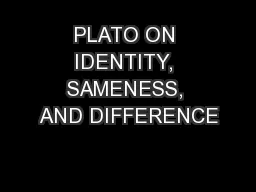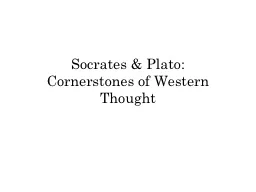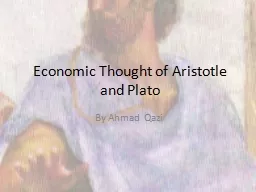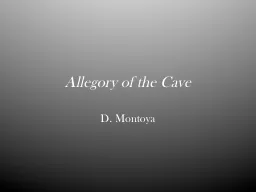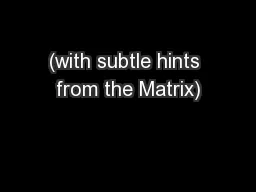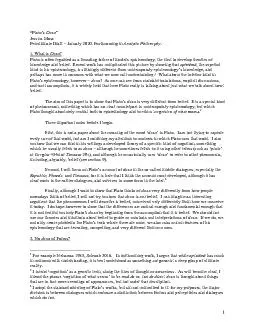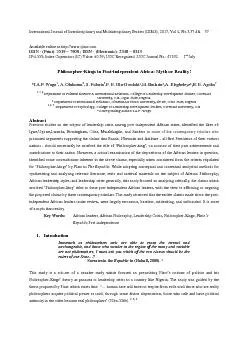PDF-PLATO ON IDENTITY, SAMENESS, AND DIFFERENCE
Author : sherrill-nordquist | Published Date : 2016-07-27
LLOYD P GERSON Among the concepts central to Platos metaphysical vision are those of identity sameness and difference For example it is on the basis of a claim about
Presentation Embed Code
Download Presentation
Download Presentation The PPT/PDF document "PLATO ON IDENTITY, SAMENESS, AND DIFFERE..." is the property of its rightful owner. Permission is granted to download and print the materials on this website for personal, non-commercial use only, and to display it on your personal computer provided you do not modify the materials and that you retain all copyright notices contained in the materials. By downloading content from our website, you accept the terms of this agreement.
PLATO ON IDENTITY, SAMENESS, AND DIFFERENCE: Transcript
Download Rules Of Document
"PLATO ON IDENTITY, SAMENESS, AND DIFFERENCE"The content belongs to its owner. You may download and print it for personal use, without modification, and keep all copyright notices. By downloading, you agree to these terms.
Related Documents

